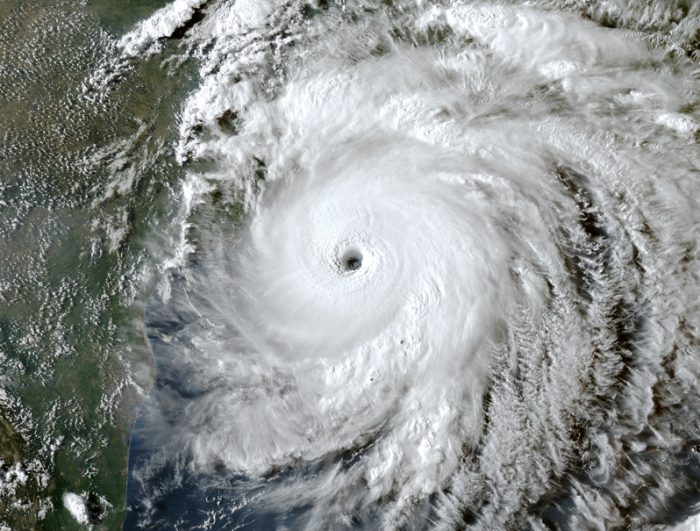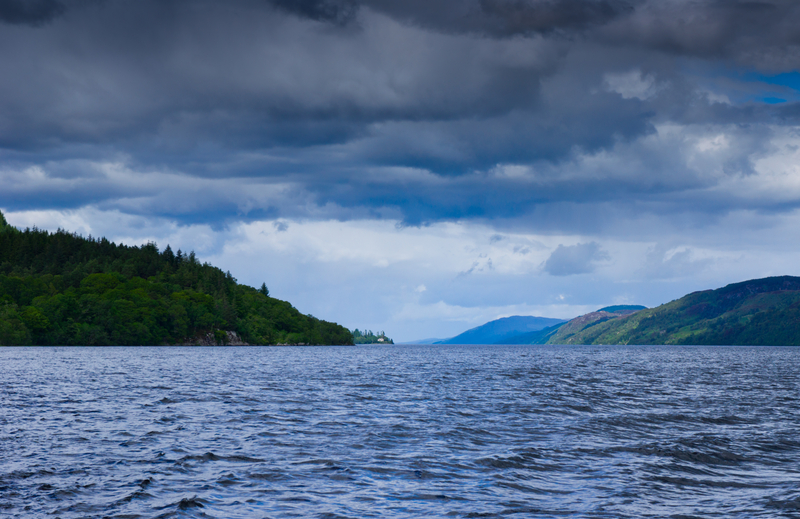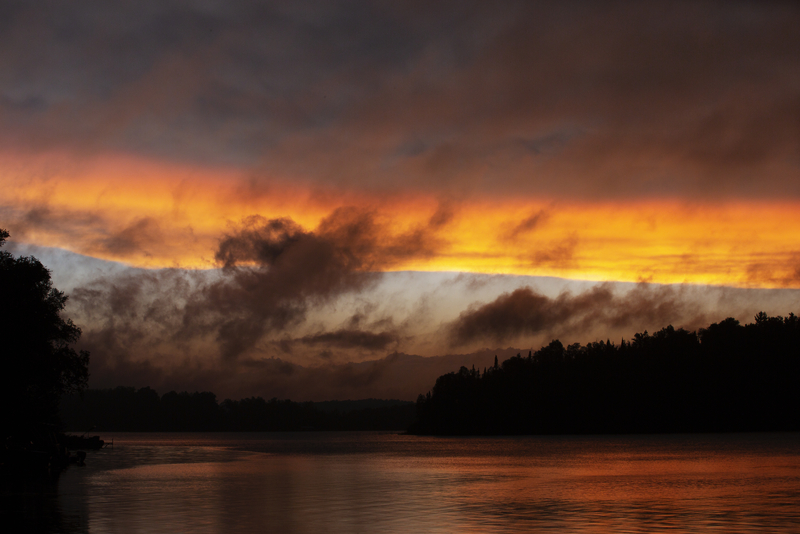The first major hurricane of 2020 struck the southern U.S. states of Louisiana and Texas early in the morning Thursday, August 26. When it made landfall, or reached the shore, it was rated a Category 4 storm—its winds reached up to 240 km/h (150 mph). (For more information about this rating system, you can go here.)
Storms of this power are extremely dangerous, and before it arrived, officials in these states were warning about the dangers of its high winds and storm surge. Storm surge is when a hurricane's winds blow immense amounts of water on shore, leading to massive flooding.
The good news? Despite its awe-inspiring power, Hurricane Laura was not nearly as devastating as people feared. In particular, its storm surge was half of what was predicted. But while nearly everyone in the area survived the storm, it still left behind a massive trail of damage to property.
Troubling storms
Laura's damage to some neighbourhoods, like this one in Lake Charles, Louisiana, has been immense. (Getty Embed)
Louisiana and Texas both have difficult pasts with hurricanes. Both states are on the Gulf of Mexico, a breeding ground for these powerful tropical storms. In August 2005, Hurricane Katrina overwhelmed the city of New Orleans, causing 1,800 deaths and leaving much of the historic city in tatters.
Meanwhile in 2017, Hurricane Harvey swept across most of southern Texas before settling over the city of Houston and unleashing record amounts of rain that flooded America's fourth largest city for many weeks. Together, Katrina and Harvey are two of worst and costliest disasters in American history.
Hurricane Laura was more powerful than both of these storms. In fact, it was the strongest hurricane to hit Louisiana since 1856. Just look at this video of storm surge from Laura actually reversing the flow of water in the mighty Mississippi River!
Hurricane Laura is forcing the Mississippi to follow north instead of south. Barges are now having to fight these tides as they go downriver. Surreal. pic.twitter.com/sZGDRouWil
— Chris Dier (@chrisdier) August 26, 2020
So why wasn't Laura as damaging and deadly as Katrina or Harvey?
Not power, but location
People work to repair damage from Hurricane Laura. (Getty Embed)
When it comes to hurricanes, power definitely matters. But the most important factor is location, or where the storm hits. And how long it stays there.
Generally speaking, hurricanes move through an area relatively quickly. So while the force is intense, the area doesn't need to withstand that force for all that long. Where the problem really starts is when the hurricane either hits a very vulnerable area (as when Katrina hit New Orleans) or stops moving (as Harvey did over Houston).
This isn't to make light of the damage that Hurricane Laura did do. It was an enormous storm. Many thousands of homes, as well as businesses large and small, were damaged. Flooding happened across the region and nearly half a million homes have lost power. But buildings can be rebuilt and power can be restored. And the historic kind of damage that was brought by other more famous storms was thankfully avoided.
Ready and wiser
Residents in Lake Charles, Louisiana embrace as they prepare to board an evacuation bus on August 26. Evacuation is done to save lives. (Getty Embed)
Another factor that helped avoid the worst kind of catastrophe? The people in the area have learned from past storms.
Years like 2005 and 2017 have reminded the people who live in these areas of the dangers of hurricanes. Newer buildings have been made stronger to better withstand the storms. And people have learned that when a warning is given about a storm like Laura, it's better to be safe than sorry. This means evacuating, or leaving the area, to avoid being trapped (a lack of full evacuation was a big reason why Katrina was such a tragedy in New Orleans).
At this point, Laura is over as a major storm. The communities are now pulling together and focusing on rebuilding. But in these parts of the country, there is always the worry about another storm being around the corner. (For example, Katrina was followed by another hurricane, Rita, that hit similar areas.)
Experts agree that 2020 has been a very active storm season over the Atlantic Ocean—this is where hurricanes are 'born'. But the real question? How many of these storms will hit land? And where? As even a storm as mighty as Laura proves, that 'where' is the biggest concern with any tropical storm.
 Hurricane Laura on August 26, just before it reached Louisiana and Texas. (NOAA)
Hurricane Laura on August 26, just before it reached Louisiana and Texas. (NOAA)










The last hurricane that came to Canada knocked over one of our favorite trees 😥
Oh no:(